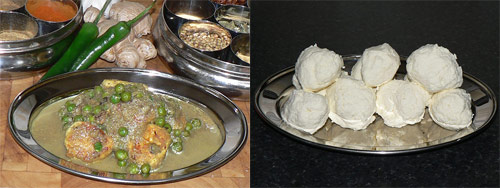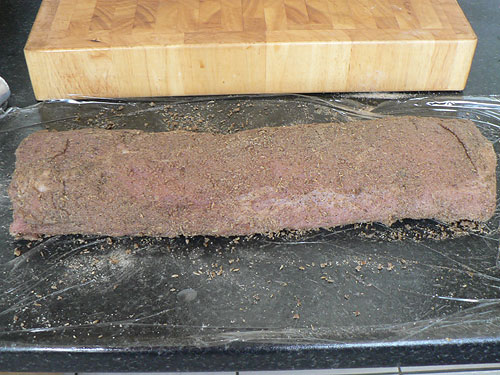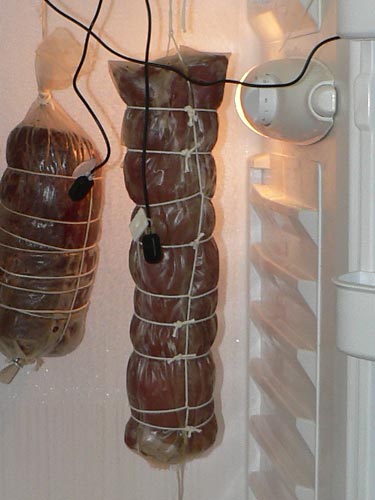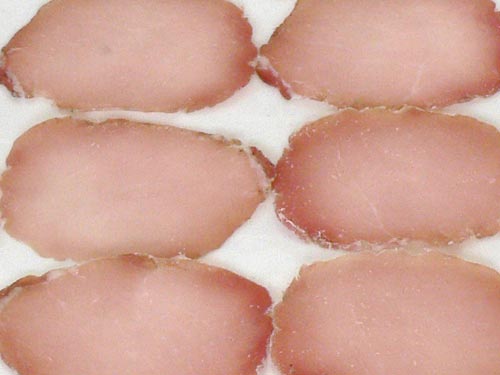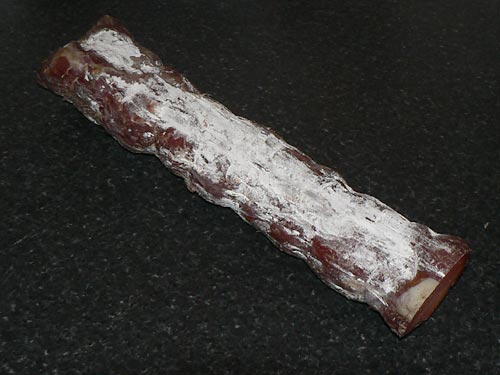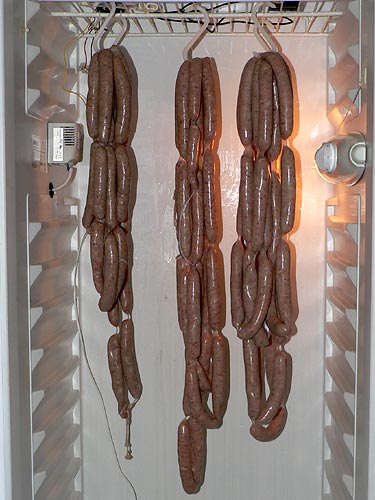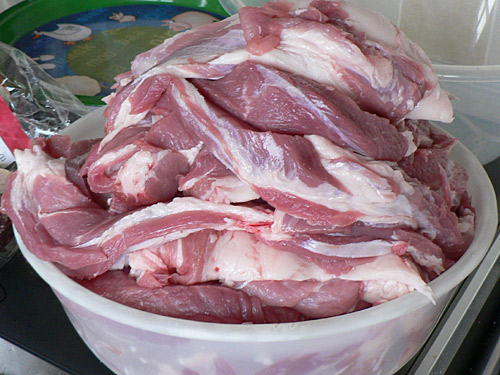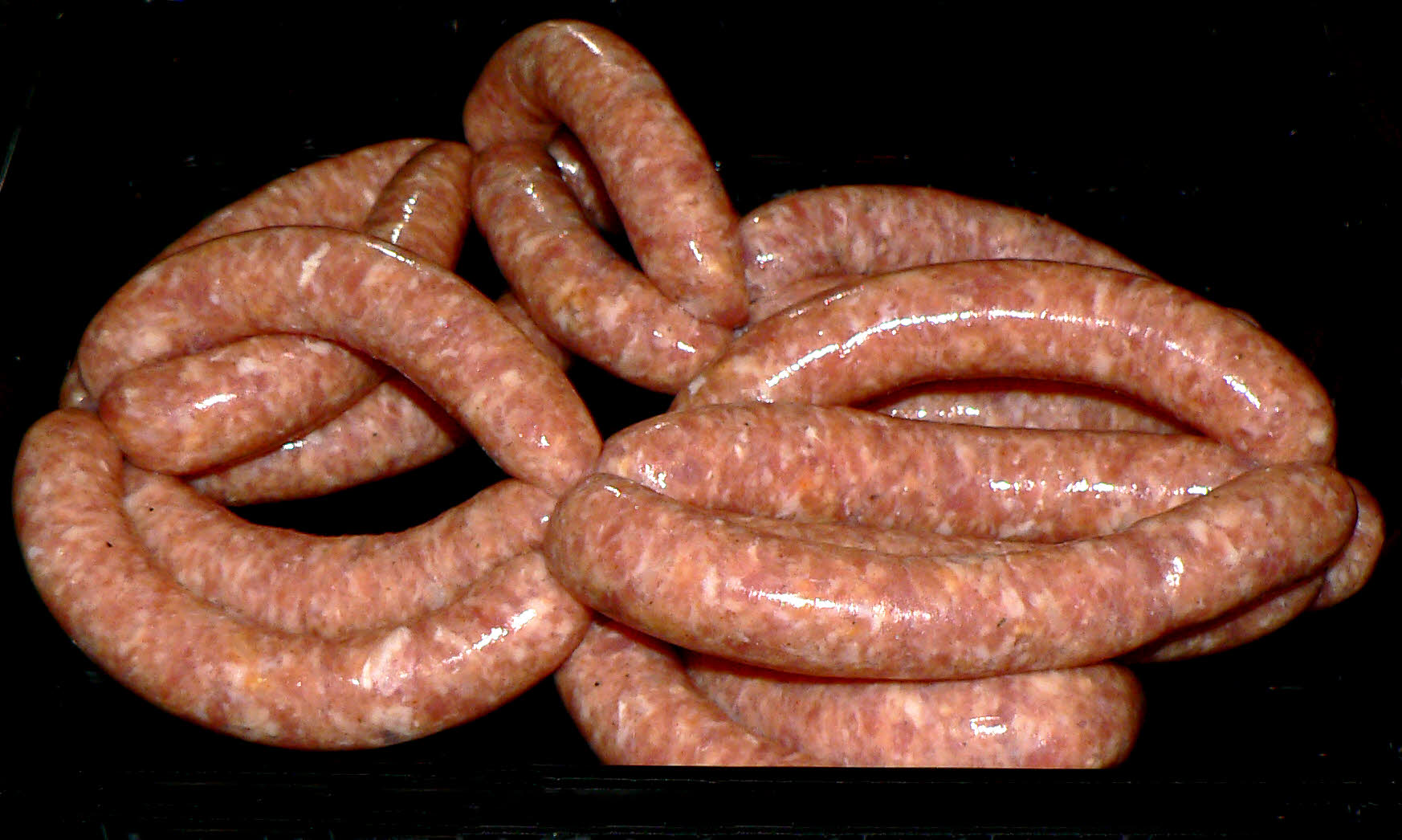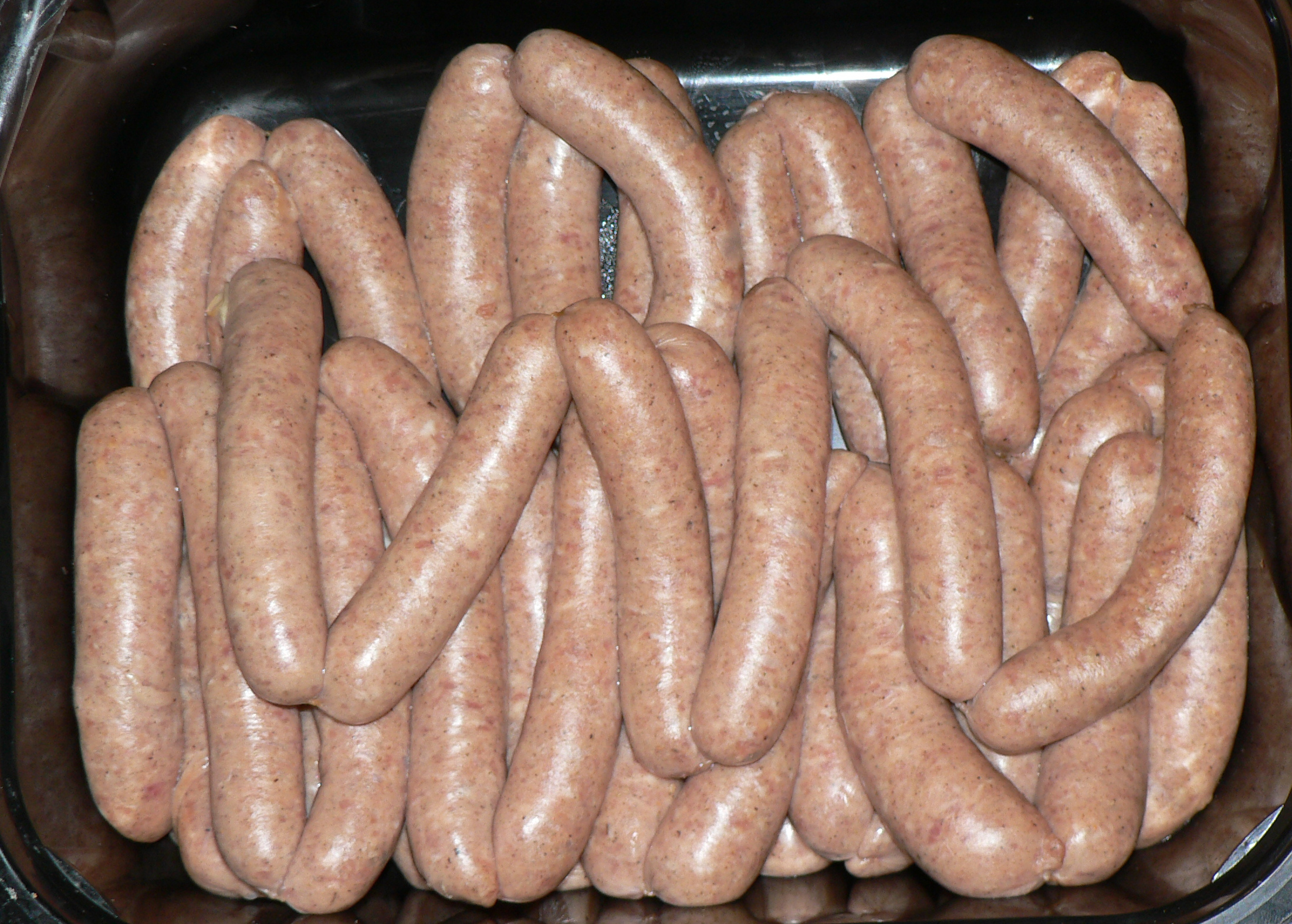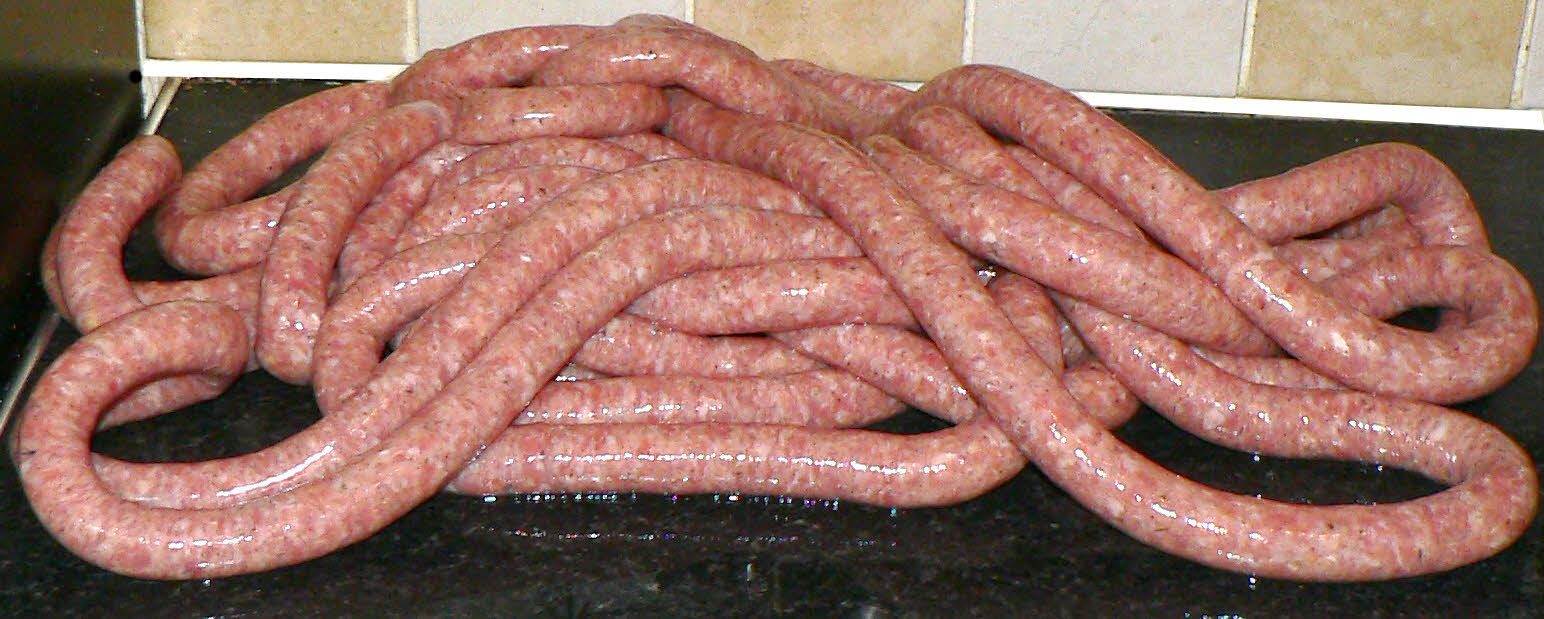In 2012, I wrote:
Here’s a great cheese-related activity to do with a group of school kids that won’t break the bank. Paneer, an Indian vegetarian cheese – or the cheese your granny made out of sour milk!
That said, I’ve only ever made it from non-homogenised milk, which works out a tad expensive ‘cos those large cheap plastic containers of milk in the supermarkets are invariably homogenised.
Ah well, nothing ventured, nothing gained: the investment of a whole £1 coin got me 2 litres of ALDI’s best full-fat milk.
To make the cheese is simplicity itself: put the milk into a pan and bring it to the boil stirring regularly so that the milk doesn’t stick to the bottom of the pan. Just before it boils (or at least when it’s over 80°C) add a couple of lemons worth of lemon juice or about the same amount of white vinegar. Give it a quick stir then leave it for a couple of minutes or so. The milk should split into white curds and a watery light-green/yellow/clear whey. If it hasn’t, boil it back up and add some more lemon or vinegar. Pour the whole lot into a cloth-lined colander and run it under cold water to cool it, then leave it to drain:
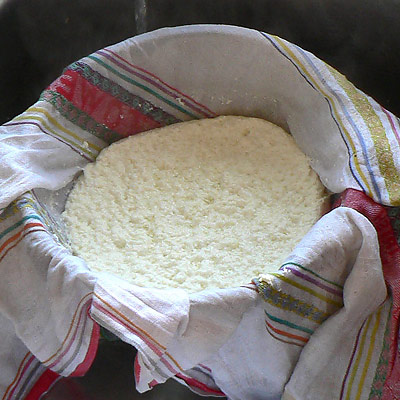
…you can save the whey to use in scones or soda bread if you want.
That’s basically it – you can go on to wrap the cheese up and press it (I did, under a stone mortar). You can add salt, herbs, spices etc to it or you can even use it for sweet puddings or have it dribbled with honey. If you press it for a couple or three hours, you can cube it or mould it into balls. Then, unlike virtually all other cheeses, it will fry without melting; it’s great in the Indian dish of peas and cheese – Mattar Paneer (Panir).
